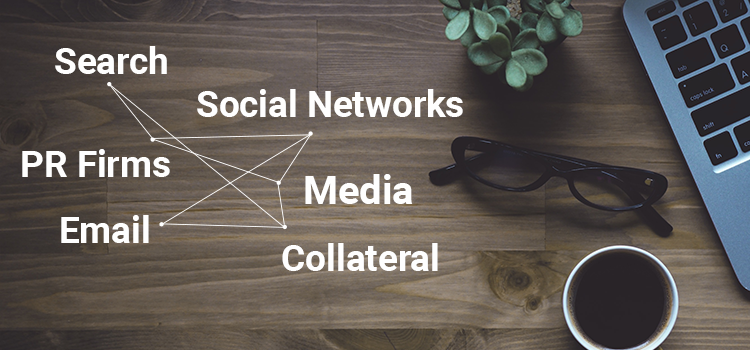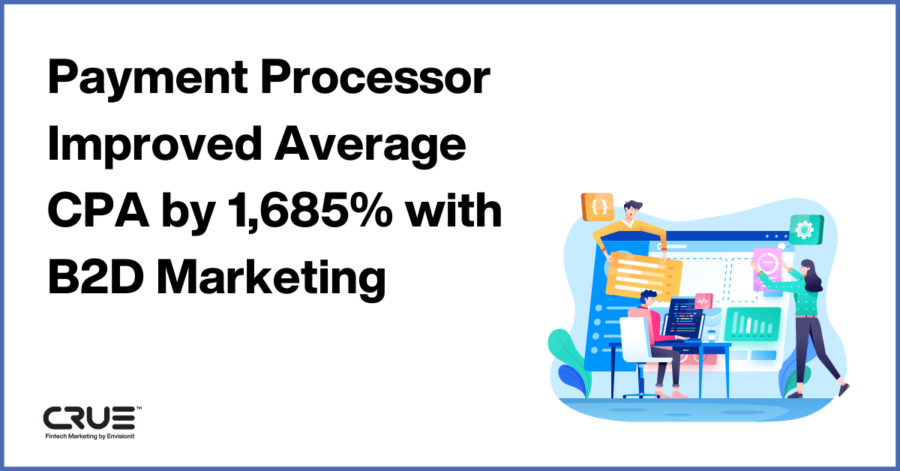Oftentimes, our clients will ask for advice about how to incorporate digital into partnerships they are building within their industries. Even more common, we’ll hear about these partnerships in passing because a client may not understand how these relationships can be leveraged to improve their organic results.
Whether you’re starting a new partnership or want to improve results from an existing relationship, here are a few things to keep in mind:
Search
The most important thing you can do with your partnerships to help your SEO is to ask for links to your site from their website. While every partnership is going to be different, here are some examples of when and how to push for the link:
- If your field operatives do community speaking engagements, ask the sponsoring organization to link to your website from their event page and in any print or digital collateral that publishes the event.
- If you are launching a collaborative product/service, there are lots of ways to engage with your business partner in addition to the press release (which should always have a link to your website). You can trade content (including links) to be featured on one another’s blog. For example, you can collaborate on an infographic and release it together on the web. If the infographic lives on your site, every time the infographic is shared it could be a link.
- If you are sponsoring a conference, it is important to look for more opportunities than print placement in the program or physical placement in the expo hall. Get a link on the conference website, for starters. You could also do a follow-up video or blog post showcasing some of the presenters or other sponsors. Whenever you create content that features others, they will be likely to link to and share the placement on their own websites.
Display
Don’t rely on just one medium to get your message out there. There are many different ways you can leverage media to extend a traditional partnership into the digital sphere. Below, I’ve identified a few examples of how you can combine the best of traditional and digital marketing techniques:
- If you’re speaking at a conference, use this opportunity to build your brand’s credibility and engage with your audience. Digital offers you scale and allows you to connect with your audience in real time across multiple platforms. Consider using mobile to reach users around the conference with personalized ads. After the conference, expand the reach of your custom assets gathered: push out your speaking engagement videos, and articles through your blog posts, native ad advertising, and maybe even a YouTube campaign.
- If you’re featured in an article or another partner blog post, don’t allow this just to live in print or on someone else’s property. Use this free advertisement to increase your brand’s awareness. Link or house this to your property, and then utilize digital to push it out through native advertising. Digital allows you to control who you’re reaching with targeting, so you can feature this article exclusively on premium news publishers. This will not only increase your brand credibility, but also helps your brand gain scale.
- If you own a white paper or any research, utilize these assets to feature your brand as a thought leader and, more importantly, collect leads. White papers can often help you generate leads very quickly; they typically are downloadable from your website in exchange for the readers’ contact details. This enables you to build your mailing list of prospective clients and build a relationship with your audience.
Social
Social media works best when approached from an integrated, holistic standpoint. Partnerships exist within your company as well as with strategic partners and customers.
- Internal partners: No matter where social media lives within your organization, it behooves you to think about how social media fits across the width of your organization. Thinking widely across the organization will improve the depth of your social media content. Social media is not simply a PR or marketing function. Reach out across the aisle to understand the needs of sales, product management, human resources, customer service, and the traditional/digital marketing team. By understanding what keeps them up at night, you will gain greater insight into how to improve your social media efforts, from identifying new channels to rethinking your content strategy.
- External partners: Even in the processes your company outsources, social media can amplify your efforts.If you employ an outside PR firm, for example, ensure that you are fully aware of the stories they are pitching and media placements secured so you can use leverage them to your advantage. If you work with a web services vendor, understand what social and interactive elements can be incorporated into the user experience. Most importantly, pay attention to your ultimate external partner: your customers. Identify your most satisfied customers and elevate their voice. This can be in the form of a brand ambassador program or content partnership. On the flip side, listen and learn from disgruntled customers. The voice of discontent is an opportunity to identify trends that may have a negative impact on your bottom line.
One of the most overlooked opportunities for digital partnership is email. Whether you are gaining access to email lists of event attendees to market to on your own or asking for a banner placement in a popular newsletter, make sure to include email asks as part of your partnerships.
Collateral
Don’t limit your digital push to the web. Use events to advertise your online presence, and be sure to include URL addresses to your virtual properties on all of your promotional material, from signage to T-shirts to letterheads. Make the most of every chance to encourage people to learn more about your business and connect with you, online and in real life.
By leveraging partnerships in the digital space, you not only expand your reach, but also strengthen your network, fostering relationships that encourage further collaboration in the future.
Contributors: Azra Grudic, Steve Ziemba, Saffa Khan













